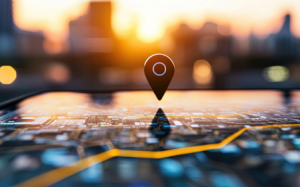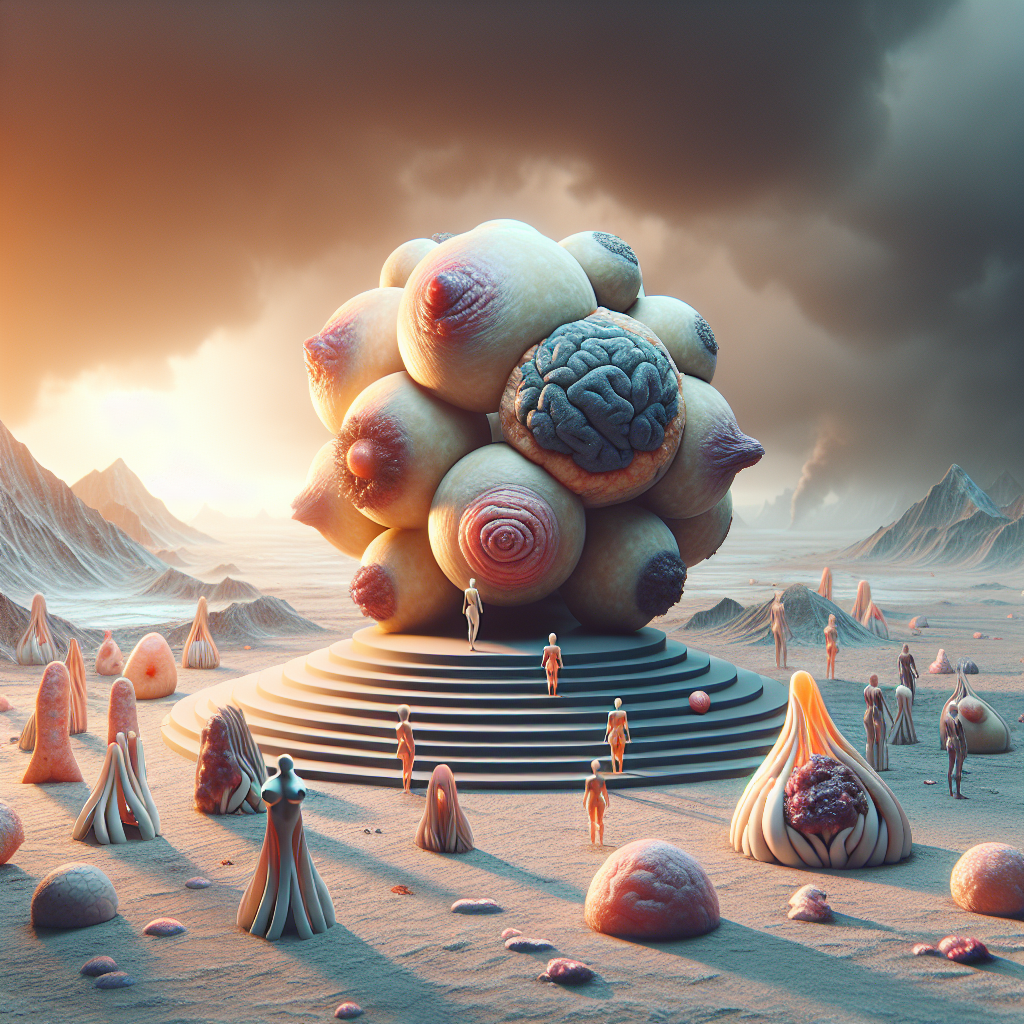AI pareidolia: Can machines spot faces in inanimate objects?
AI Pareidolia: The Phenomenon of Machines Recognizing Faces in Inanimate Objects
Artificial Intelligence (AI) has been making strides in various fields, and one of the intriguing areas of exploration is pareidolia – the psychological phenomenon where humans perceive familiar patterns, such as faces, in unrelated objects. Now, researchers are investigating if machines can be trained to do the same.
Understanding Pareidolia in AI
Pareidolia is a common human experience, but its application in AI is a relatively new field of study. The goal is to train AI systems to recognize patterns and faces in inanimate objects, much like humans do. This could have significant implications for fields like surveillance, robotics, and even entertainment.
Challenges and Progress
Training AI to recognize faces in inanimate objects is not without its challenges. The primary issue is the vast range of possible patterns and the subjective nature of pareidolia. However, researchers have made significant progress using deep learning techniques and large datasets of images.
- Deep learning techniques allow AI to learn from vast amounts of data and make connections that might not be immediately apparent.
- Large datasets of images provide the necessary variety for the AI to learn from.
Implications and Future Directions
The ability of AI to recognize faces in inanimate objects could have far-reaching implications. It could improve surveillance systems by allowing them to recognize potential threats in a crowd or identify individuals in complex environments. In the field of robotics, it could help robots better understand their environment and interact with it more naturally. In entertainment, it could lead to more immersive and interactive experiences.
Conclusion
In conclusion, the exploration of pareidolia in AI is a fascinating field of study with potential applications in various sectors. While there are challenges to overcome, the progress made so far is promising. As AI continues to evolve, the ability to recognize faces in inanimate objects could become a standard feature, opening up new possibilities for interaction and understanding.














